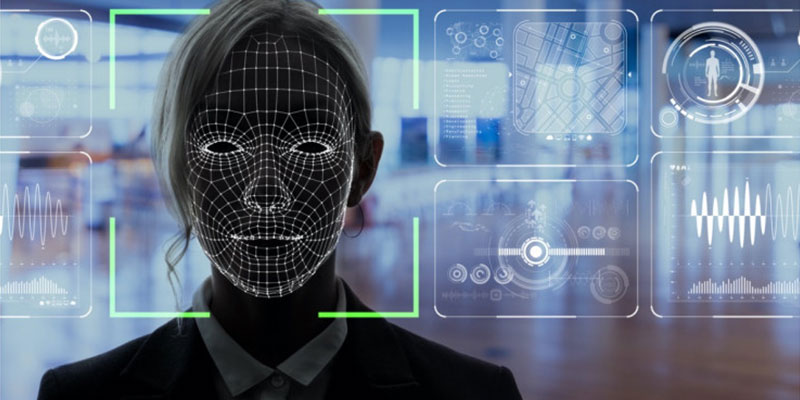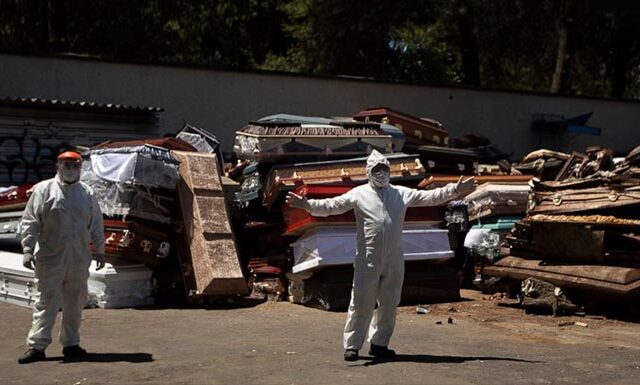Artificial Intelligence (AI), together with the biometric technology of facial recognition, is creating more data about people than ever before. This database is a rich source of information that can allow for not only recognition of the living, but also the dead.
The United States Nation Institute for Justice estimates that there are at least 4,400 unidentified bodies reported every year. And just last year the UK police force and the missing persons’ bureau launched their first online database of unsolved deaths, with some of the bodies dating back to the 1950s. The website contains images and identifying features of 1,029 men and women and 105 babies who are unidentified.
DNA is still considered the most accurate way to identify a body, but it’s not a guarantee to find a match. The ideal situation is then to keep the victim’s remains in storage until an answer is found, however, it is not always possible. Facial recognition is an additional way to connect the deceased to their families.
Joe Apps, manager of the Serious Organised Crime Agency’s UK Missing Persons Bureau, told the Mirror: “For us, it is about asking how we can be in such a developed society and yet have such a large collection of unidentified people when it is actually quite difficult to disappear nowadays.̈ A great question that could support the integration of Facial Recognition AI for the deceased.
How does facial recognition work on a dead body?
Facial recognition is the process of identifying or verifying the identity of a person using their face. It captures, analyzes, and compares patterns based on a person’s facial details.
Police officers would have two options. They would be able to scan the face directly (including reconstructed faces) or insert a photo or sketch directly into the system. A sensor then maps an individual’s facial features mathematically, transferring it into digital data which is stored as a faceprint.
Then an algorithm is almost immediately able to cross-check the features of the individual with the database and, hopefully, find the individual. Biometric companies like Gemalto’s claims their program has a face acquisition rate of 99.44% in less than five seconds.
Over the last five years, there has been a drastic improvement in the accuracy of these programs. The National Institute of Standard and Technology (NIST) released a study in 2018 with the latest results, which concluded results today were 20 times better than 2013 and that out of 26.2 million photos there was only a discrepancy of 0.2%.
Governments using and implementing facial recognition
Many governments are involved in conversations with biometric technology companies in hopes of creating more security for cities and personal identity. The level of acceptance and applications vary greatly across the board. Identifying the dead is a part of these conversations, but hasn’t been playing a key role in the conversation about implementation.
China has been one of the biggest and most extreme adaptors of facial recognition, with low entry barriers and regulations on the tech. One benefit of the advancement of these technologies in the line of death care is that a local company was able to flag the police about a murderer they caught due to a lack of eye movement in a scan. The murderer was identified when he attempted to use the victim’s corpse to long into her banking details.
India ́s National Crime Records Bureau (NCRB) is gearing to launch the largest facial recognition system in 2020. The system will be a centralized web application available for access to all the police stations. The goal of the organization to help police catch criminals, find missing people and identify dead bodies. In April last year, Delhi Police identified almost 3,000 missing children in just four days during a trial of a facial recognition system.
The General Data Protection Regulations (GDPR) offers a wide umbrella of protection for EU and UK citizens, making private lives out of bounds, and further regulations in the works as lawmakers learn more about the technology. However not every EU country is waiting, facial ID programs are being deemed acceptable with the UK ruling in favor of live facial recognition not violate privacy rights and France announcing plans to implement a nationwide facial recognition ID program.
The United States has no federal ruling on the topic, so states and major cities are taking their own actions. California recently passed ‘The California Consumer Privacy Act (CCPA)’, with a similar tone to GDPR, which will go into effect this year and will set the precedent for future regulation in the US.
Public Acceptance & Concerns
A recent survey from Pew Reach Center found that 65% of US adults trusted law enforcement agencies to use the technology at least somewhat responsibly. However with acceptance also comes concerns over privacy. Fears founded on being monitored as a consumer and government intervention in daily freedoms replicating ‘Big Brother’.
Outlook on facial recognition in the death care industry
If you use a smartphone you are likely already interacting with facial recognition on a daily basis. While there are understandable fears about the unknown potential consequences of this technology, from a death care perspective there is a silver lining. Helping families get closure and putting the mystery of lost loved ones to an end. Over the next 10 years we will see the decrease of Jane and John Does who will be more quickly identified using Artificial Intelligence; From databases of facial recognition ID ́s or from live footage recorded in cities, depending per country and the way regulations develop.








